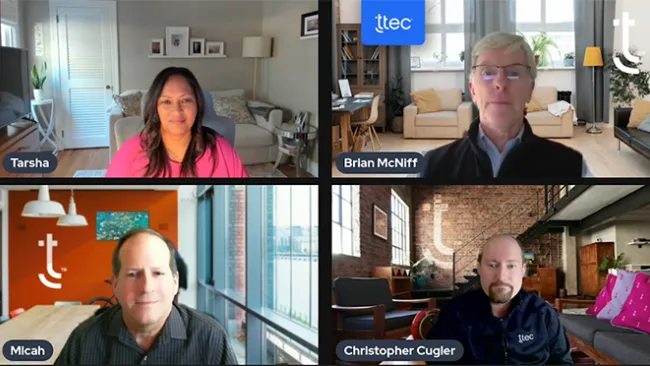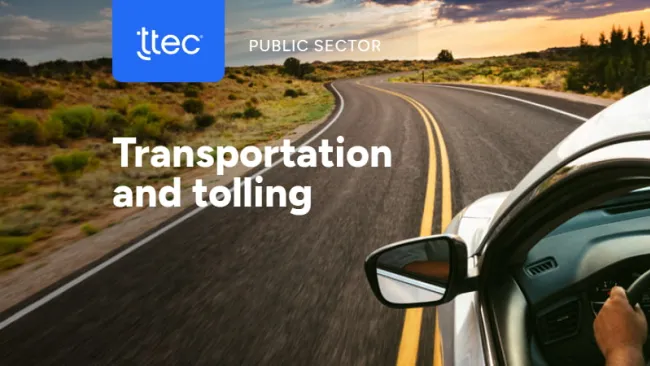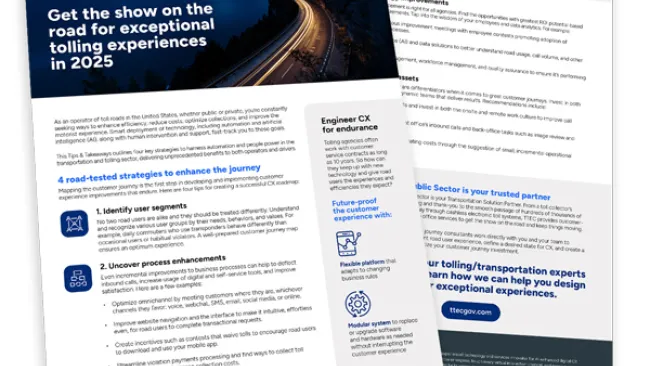Buckle your seatbelts: The digital revolution that has transformed commerce is coming to governments across the U.S.
You heard right. Smart local, state, and federal government leaders want to improve transparency and trust with their citizens and what better way to do that than by architecting a seamless digital government experience?
The White House has been a leader in this digital transformation. In 2014, the federal government launched the U.S. Digital Service, a small team of digital experts who have been working with federal agencies to remove barriers to delivering exceptional citizen service. The group, which so far has recruited 140 of the best and brightest digital minds from the private sector, has been making steady progress. The group has assisted in the development of the Police Data Initiative which fosters information-sharing between the public and law enforcement. It has also begun beta testing Vets.gov, scheduled to go live on Veteran’s Day, which is a website designed to make it easier for military veterans to find information about disability benefits and other services.
This transformation comes at the right time. According to the 2015 Edelman Trust Barometer, citizens of nearly two-thirds of the 27 countries included in the study distrust their governments.
A critical tactic to combat such mistrust, improve transparency and, ultimately, citizen trust is providing citizens with a modern array of market-proven digital and automated systems. The use of digital technologies and analytics in the public sector enables governments to make public information more accessible, deliver government services more effectively, and track service delivery and citizen satisfaction more closely.
Arguably, one of the most important uses of digital technologies at the moment is in emergency management. Governments are building robust, transparent systems that provide situational awareness, communication, critical information, and the coordination of response teams to improve disaster response. Such technology has been especially helpful in answering constituents’ water quality questions in Flint, Michigan and calming the fears of residents in areas that have reported cases of the Ebola and Zika viruses.
Beyond the benefits of easing and coordinating emergency management, digital tools and technologies are impacting everyday constituent tasks. Digital is helping citizens to self-serve for activities as diverse as programmatic enrollment, fee, fine, and tax payment; permit application; public process participation; rating of personnel and program performance, and complaint submission. Self-service systems make these mostly cumbersome activities more accessible to citizens, providing them with an easier way to transact with government institutions without requiring citizens to travel to government offices and wait in line.
Here’s a behind-the-scenes look at some of the tools and technologies that are helping modernize local, state, and federal governments:
Messaging and Engagement Technologies
Tools such as online chat, SMS texting, video streaming, two-way video communications, and other modern contact center support tools can be used together to provide a seamless virtual environment that creates a more satisfying constituent environment while providing deeper information. Digital tools like online forums, social media, and blogs will help to resolve issues more quickly and enable citizens to more readily share their opinions with governments. They’ll also offer lower cost of delivery than the traditional physical model of government service delivery.
Analytics Tools
Self-service analytics tools can help citizens to pinpoint the information they’re looking for from government databases.
For instance, New York City has introduced an open data plan that enables residents to access public information through the use of visualization tools. The tools are making it easier for residents to find information about pre-K programs, soup kitchens, or to file a complaint about such things a lack of heat or hot water in an apartment.
Chat
Chat tools provide citizens with a direct path to assistance when they need help finding information or to resolve a problem. For example, USA.gov, an online portal which provides citizens access to information on everything from government agencies and elected officials to housing services and labor laws, offers web chat services in both English and Spanish.
Video
Video is an engaging medium that offers citizens additional ways to absorb information. The Centers for Disease Control (CDC) has been uploading videos to YouTube since 2007, providing citizens with information on a range of important topics such as immunization, smoking, and HIV.
Online Forums
Online forums offer citizens a terrific way to share complaints, concerns, and other feedback with government agencies that can then be used to improve government services. For its part, the city of Palo Alto, CA has used online forums to poll residents on a variety of issues, including the top three priorities they wanted the city council to focus on in 2015. Housing, traffic, parking, noise, and infrastructure were the most commonly referenced priorities.
Social
Social media is another way of enabling two-way communications between citizens and government agencies and for administration officials to learn about citizen concerns. Federal Student Aid, an office of the U.S. Department of Education, conducts monthly #AskFAFSA sessions on Twitter where students, parents, and other members of the public can submit questions about financial aid for college.
In-App Services
Platform-as-a-Service (PaaS) is a cloud computing model that provides applications over the Internet. PaaS enables government agencies to cost-effectively deliver services to citizens without having to install new hardware or software. PaaS can be embedded into a mobile app or a website, enabling an agency’s customer service associates to understand the context of a citizen’s journey across devices and touchpoints and to provide each citizen with relevant support.
Communication Is the Key to Digital Adoption
Communicating the types of digital services that are available to citizens is also important. A 2014 Pew Research study found that fewer than 30 percent of adults completed government services using digital tools. Making citizens aware of the various digital services that are available to them along with the benefits to using them (i.e., faster service) can help strengthen adoption and usage. Then government agencies will be on pace to become digital innovators and constituent satisfaction and trust will surely see an uptick.
Also, check out the most recent issue of our eNewsletter.
The Digital Experience is Coming to a Government Near You

















